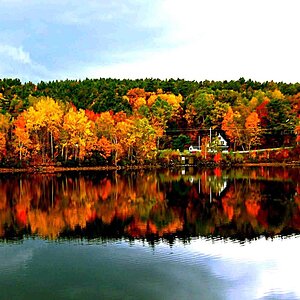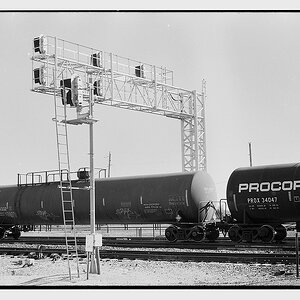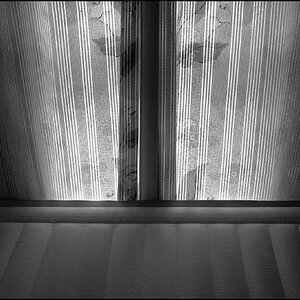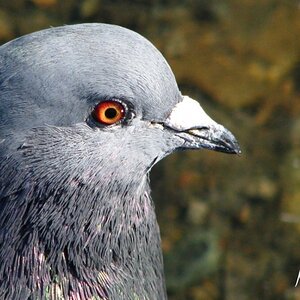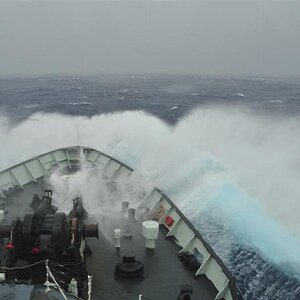kkamin
TPF Noob!
- Joined
- Aug 25, 2009
- Messages
- 515
- Reaction score
- 17
- Location
- Minneapolis
- Website
- www.kevinkaminphoto.com
- Can others edit my Photos
- Photos OK to edit
Hello,
I recently moved from film to digital (Canon 450D) and had some questions about the smaller sensor size.
1. Since the sensor is smaller it produces a larger depth of field, but do the lenses made for it compensate? Does a 50mm on a 35mm film camera give have roughly the same depth of field as my Canon 450D with a 50mm lens made for it?
2. If no, how much depth of field am I losing? A subjective answer if fine (e.g. a little, moderate, a lot, etc.)
3. I love shallow depth of field, am I screwed? I have two lenses currently that only go down to 4.5, but I haven't played with a faster lens yet. I want a 50mm prime that goes to 1.4, would I be happy with the DOF?
Thanks, everybody!

I recently moved from film to digital (Canon 450D) and had some questions about the smaller sensor size.
1. Since the sensor is smaller it produces a larger depth of field, but do the lenses made for it compensate? Does a 50mm on a 35mm film camera give have roughly the same depth of field as my Canon 450D with a 50mm lens made for it?
2. If no, how much depth of field am I losing? A subjective answer if fine (e.g. a little, moderate, a lot, etc.)
3. I love shallow depth of field, am I screwed? I have two lenses currently that only go down to 4.5, but I haven't played with a faster lens yet. I want a 50mm prime that goes to 1.4, would I be happy with the DOF?
Thanks, everybody!



![[No title]](/data/xfmg/thumbnail/31/31977-2b717e032201241cbeae8226af23eba4.jpg?1619735136)

![[No title]](/data/xfmg/thumbnail/31/31979-ea92aca54ae865842d998c9cec534991.jpg?1619735137)
![[No title]](/data/xfmg/thumbnail/32/32631-60d0db057ee085953a0921e337396654.jpg?1619735552)

